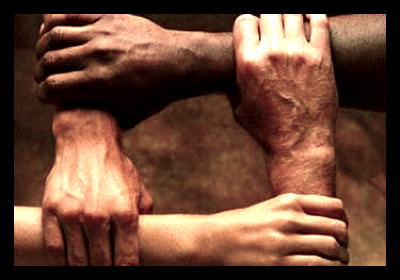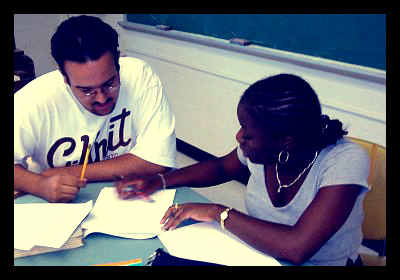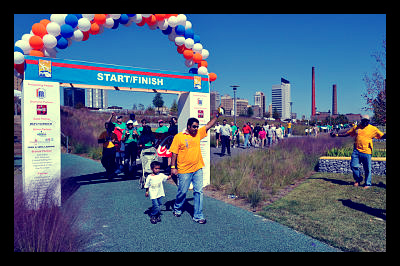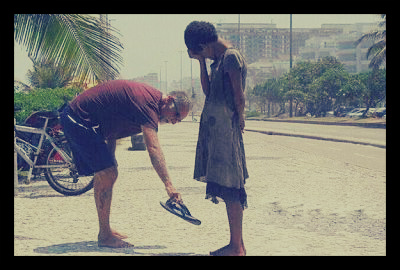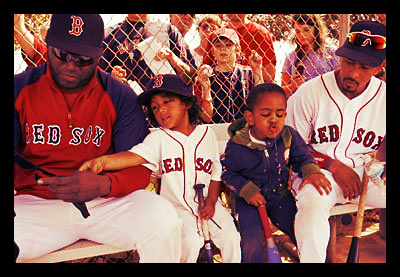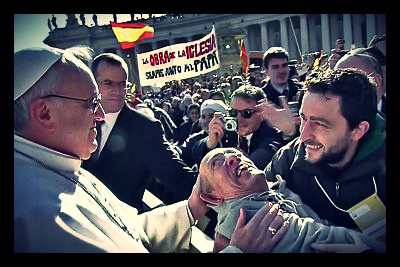
Forbes Magazine has released its annual “World’s Most Powerful People” list, ranking the leaders of nations, intergovernmental agencies and businesses in relation to global influence. In the year 2013, the fourth most influential person in the world is the newly elected leader of the Roman Catholic Church, who has been drawing a lot of positive attention to the office.
As the leader of a church membership of over 1 billion people, Pope Francis has been dedicated to taking the papacy to the poor and the downtrodden. In Latin America, he has recently been nicknamed the Slum Pope because of his frequent visits to the more dangerous and impoverished neighborhoods in the region. His visits to the more destitute areas have given hope that the Catholic Church will do more to help those who cannot help themselves.
After his election in March, Pope Francis called for the church and its followers to return to helping the poor. In the papal tradition of taking on a new name after election, he purposely chose the name of Francis, after Saint Francis d’Assisi. The saint is widely known and recognized as the son of a wealthy man who left his riches to help the poor as a member of the clergy. In Pope Francis’ speeches, he has often championed the themes of poverty, hope and social justice which are the interests of the poor. Helping the poor is the constant theme of his papacy which has been warmly received wherever he has visited.
In his short ministry, he has visited the Italian Island of Lampedusa which is the frequent destination of fleeing African Immigrants seeking better economic and social opportunities in Europe. Every year many Africans unsuccessfully embark to the island with the hopes of ending their poverty but, instead, drown in the Mediterranean before reaching their goal. In his visit to the island, the Pope wept for those that had died and suggested repurposing church resources to accommodate African migrants.
As one of the most admired figures in the world, the Pope has always had a tremendous impact on not only his religious followers but leaders of nations across the world. The Pope is trying to use his office as a worldwide leader to be an advocate for improving the livelihood of the poor. His admirable example is one that should be emulated by leaders throughout the world.
– Travis Whinery
Sources: CNN, CNN Blog, Time, BBC News, Fox News, Forbes
Photo: The Times

